Exploring Recursive Functions in JavaScript: A Guide for Developers
Understanding the Power and Potential of Recursion in Your Code

The Basics of Recursion: How Recursive Functions Work
Recursive functions are a powerful tool in the world of programming, and they are particularly important in JavaScript. At their core, recursive functions are functions that call themselves repeatedly until a certain condition is met. This can be an incredibly efficient and elegant way to solve certain programming problems, especially those that involve complex data structures or iterative processes. For example, consider a program that needs to calculate the factorial of a given number. A factorial is the product of all positive integers up to and including that number. So, the factorial of 5 would be 5 x 4 x 3 x 2 x 1 = 120. Using a recursive function, we can solve this problem in just a few lines of code. Here's an example:
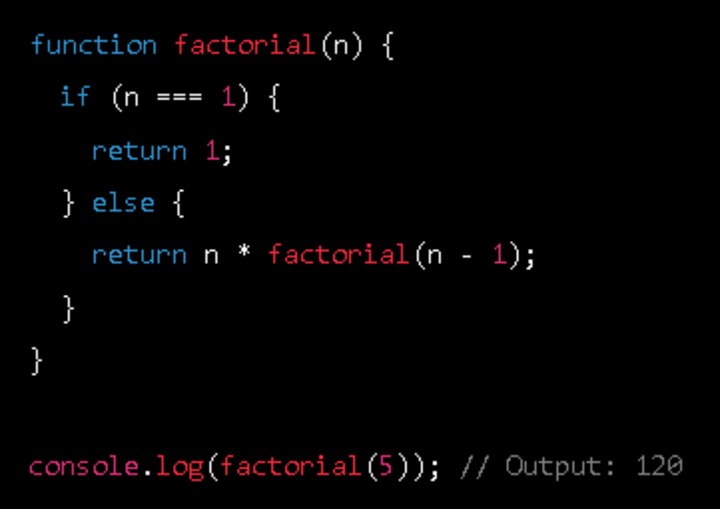
In this example, the factorial function calls itself repeatedly until the n parameter reaches 1, at which point the recursion stops and the final product is returned. This is just one example of how recursive functions can be used in JavaScript, but it illustrates the basic concept and the power of this technique. In the following sections, we will explore the basics of how recursive functions work, best practices for writing them, and real-world applications for this powerful programming tool.
Building Recursive Functions: Tips and Best Practices
The next step in building your understanding of recursive functions is to explore some best practices for writing them in JavaScript. We'll start by discussing how to structure your code for maximum efficiency and readability, which can help avoid common pitfalls like infinite loops and stack overflow errors. We'll provide concrete examples of how to do this, including how to break down complex problems into smaller, more manageable pieces that can be solved recursively. By the end of this section, you'll have a solid grasp of the techniques and strategies you need to build high-quality recursive functions in your JavaScript code.
When writing recursive functions in JavaScript, there are several best practices you can follow to ensure that your code is efficient, readable, and free of errors. One of the most important practices is to break down complex problems into smaller, more manageable pieces. For example, let's say you're writing a function to calculate the factorial of a number. Instead of trying to solve the problem all at once, you can break it down into a series of smaller subproblems. Here's an example of what that might look like:
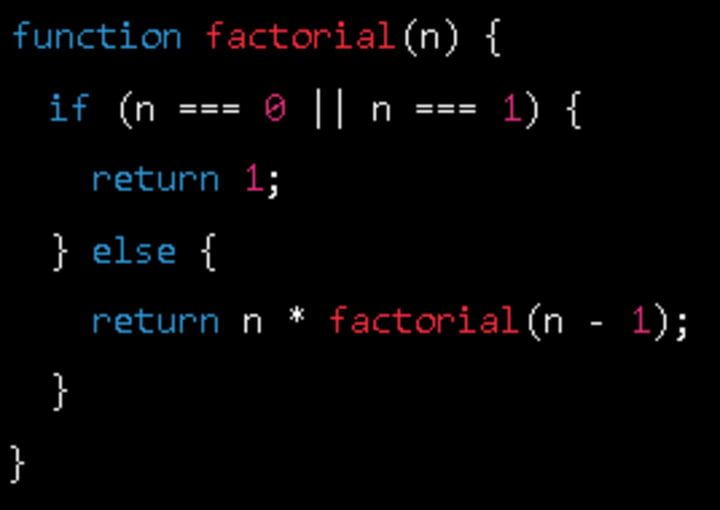
In this code, the factorial function takes a single argument, n, which represents the number whose factorial we want to calculate. If n is either 0 or 1, the function immediately returns 1 (since the factorial of 0 and 1 are both 1). Otherwise, the function multiplies n by the result of calling itself recursively with the argument n - 1. This process continues until n is reduced to either 0 or 1, at which point the function returns the final result.
By breaking down the problem of calculating a factorial into smaller subproblems, this function is able to use recursion to efficiently solve the problem without requiring a large amount of code or complicated logic. Additionally, the code is easy to read and understand, thanks to the clear and concise structure of the function.
Advanced Techniques for Recursive Functions: Tail-Call Optimization and Memoization
In addition to understanding the fundamental concept of recursion and avoiding common pitfalls, there are several best practices that can improve the structure and efficiency of your recursive functions. One important principle is to ensure that your function has a clear base case, which defines when the recursion should stop. For example, consider the following code for calculating the factorial of a number using recursion:
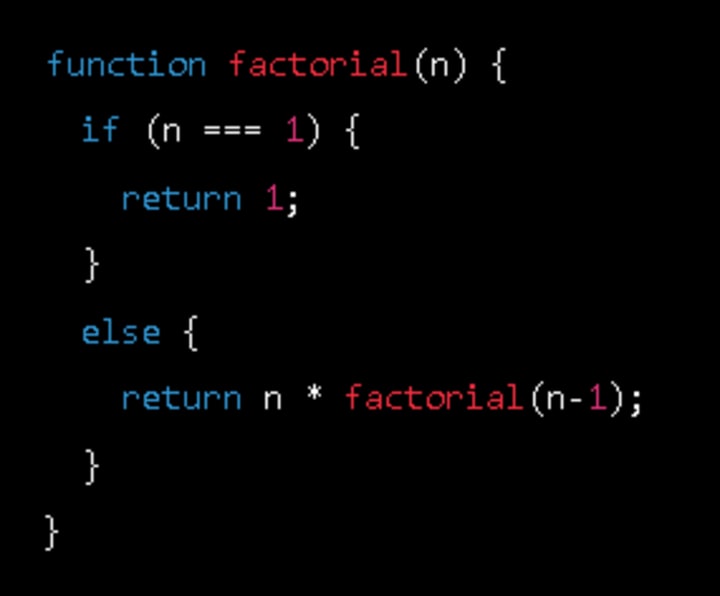
In this code, the base case is when n is equal to 1, at which point the function returns 1. Another best practice is to minimize the amount of memory used by your recursive function. One way to do this is to avoid creating unnecessary new arrays or objects with each recursive call. Instead, you can pass additional arguments to the function that keep track of the current state of the computation. For example, consider the following code for calculating the Fibonacci sequence using recursion:
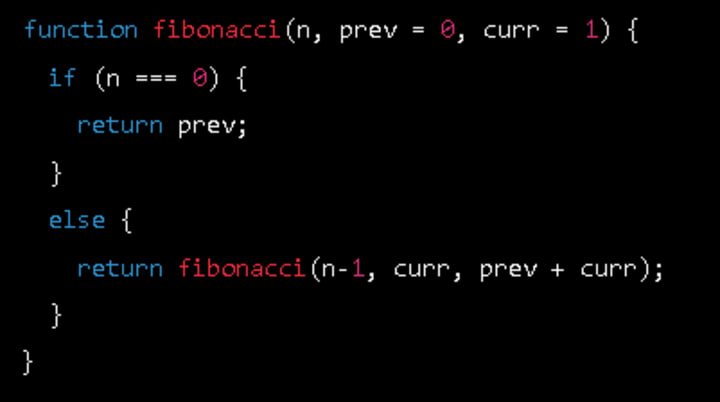
In this code, the current state of the computation is represented by the prev and curr arguments, which keep track of the previous two Fibonacci numbers in each recursive call. By passing this information as arguments, we avoid creating new objects with each call, which can improve the efficiency of our function.
Real-World Applications of Recursive Functions in JavaScript
Recursive functions can be incredibly powerful when it comes to solving complex programming problems. One common application of recursive functions is in tree and graph traversal. For example, consider the problem of searching a binary search tree for a specific value. A recursive function can be used to traverse the tree, comparing each node to the target value and recursively calling itself on the left or right subtree depending on the result. Here's an example implementation:
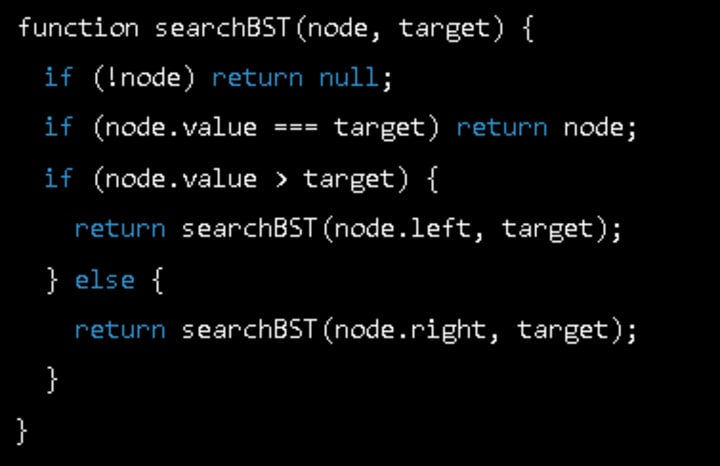
This function takes in a binary search tree node and a target value as arguments and returns the node that matches the target value, or null if the target value is not found in the tree. The function recursively calls itself on the left or right subtree depending on whether the target value is less than or greater than the current node's value. This allows for efficient traversal of the entire tree until the target value is found.
Another real-world application of recursive functions is in parsing and processing complex data structures. For example, consider the problem of parsing a JSON object with nested arrays and objects. A recursive function can be used to traverse the entire structure and extract the necessary data. Here's an example implementation:
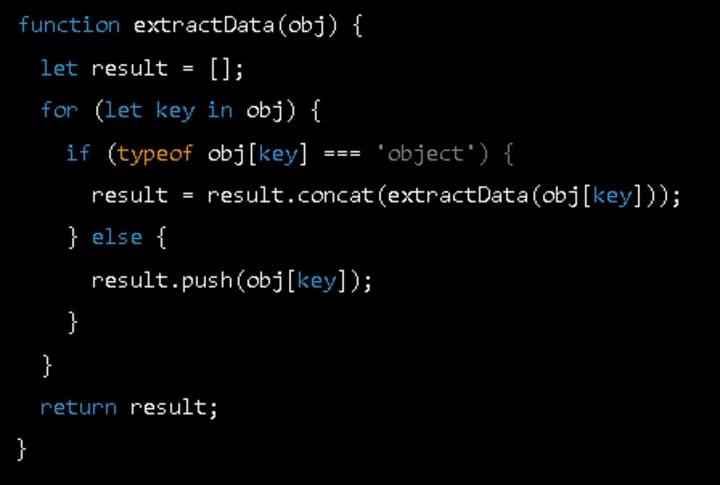
This function takes in a JSON object as an argument and recursively calls itself on any nested objects or arrays, extracting any non-object values and adding them to a resulting array. This allows for easy parsing and extraction of data from complex data structures.
By understanding the power and versatility of recursive functions in JavaScript, developers can unlock new possibilities for solving complex programming problems efficiently and effectively.
CONCLUSION:
- Recursion is a powerful tool in JavaScript that can help solve complex programming problems.
- Understanding how recursion works and its benefits is important for all developers.
- Best practices for writing recursive functions include defining a base case, using pure functions, and avoiding memory leaks.
- Advanced techniques like tail-call optimization and memoization can improve the performance of recursive functions.
- Real-world applications of recursion include tree and graph traversal, sorting algorithms, and more.
- Developers are encouraged to experiment with recursion in their own code and use it when appropriate.
- Remember to always test and debug your code to ensure it is working correctly.
Overall, by following best practices and using recursion effectively, developers can write more efficient, readable, and scalable code in JavaScript. Don't be afraid to dive into recursion and try it out for yourself! If you have any questions or feedback, please leave a comment below.
About the Creator
Ondřej Lukeš
Meet Andrew Lukes, a Prague-based web dev and language enthusiast! He loves coding, foreign languages, and sharing his projects on Vocal Media. Andrew's site, andrewebdev.online, offers a glimpse into his creative process. Happy reading!






Comments
There are no comments for this story
Be the first to respond and start the conversation.